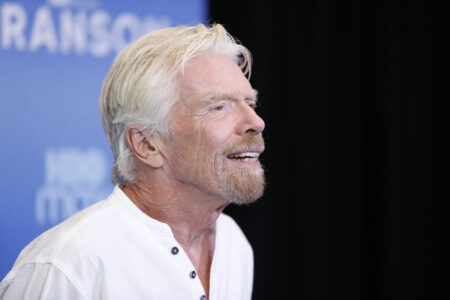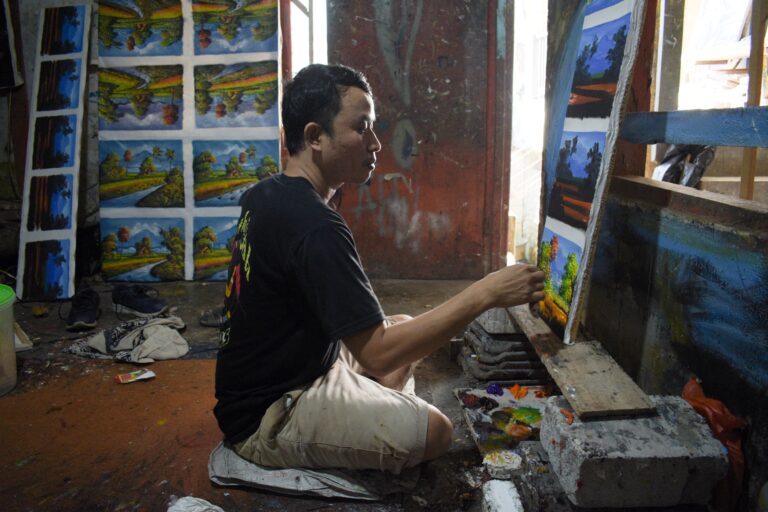
It’s been a tough couple of years for our mental health.
We’re just so unhappy for so many reasons.
A pandemic, rising costs of living, social and technological advancements, one of the worst job markets since the 2008 recession, political rifts, and the ongoing world conflict are just some examples.
Young people aged between 16 to 24 are the most affected by mental health struggles, says a 2024 report by health technology company Forth with Life. The report states that 23.5% of youth described their mental health as either bad or the worst it’s ever been.
That’s just the number of reported cases.
Not many have access to mental health resources, or, if they do, can’t afford medication or therapy. Certain countries face even greater barriers to mental health treatment, such as a lack of experts and outdated policies.
Worse still, there are some cultures that see mental illnesses as a taboo or shameful topic.
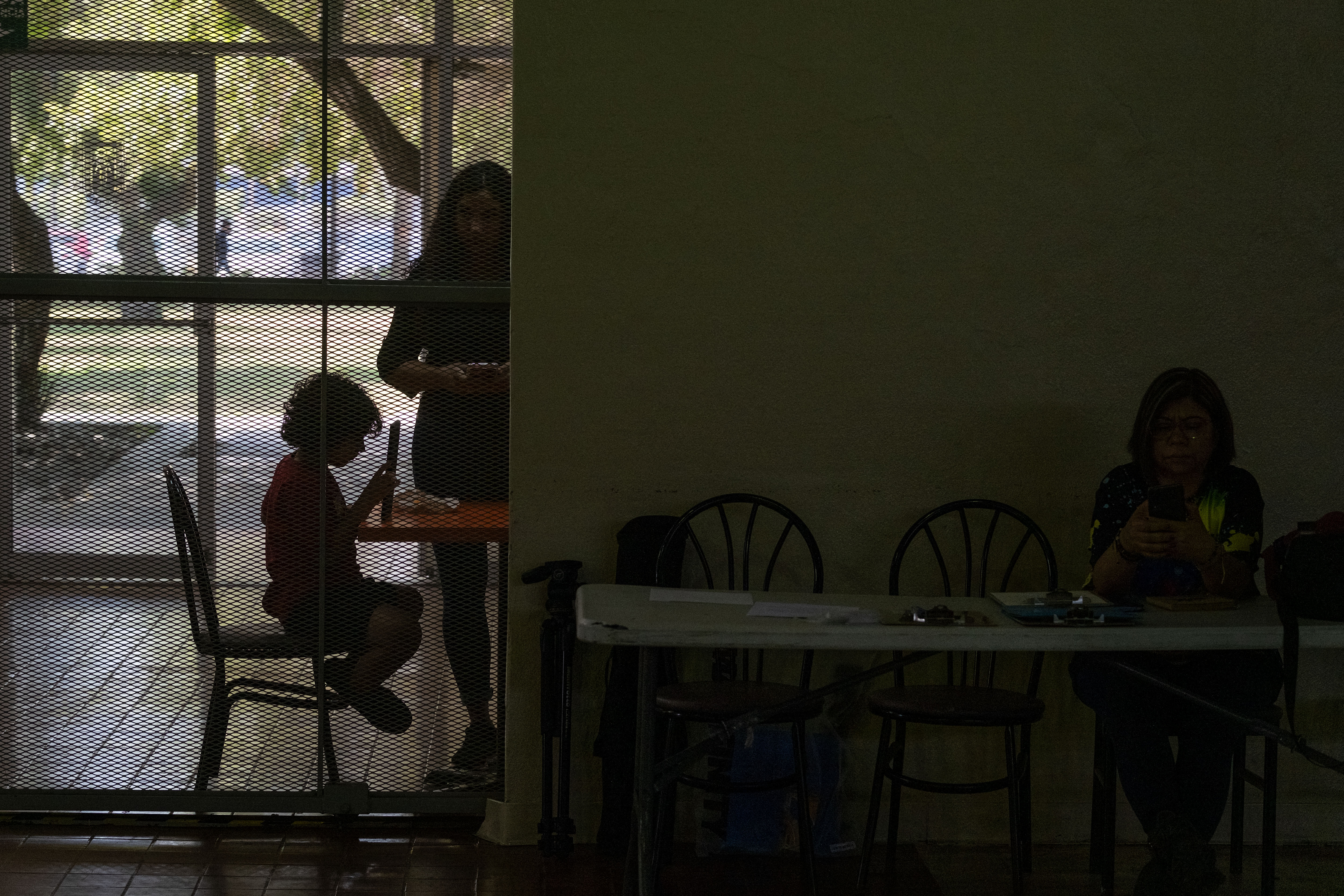
Not many people can afford therapy, and even more aren’t able to speak about their issues with someone else. Source: AFP
The South Asian population has “a bigger notion of shame” than others, says Professor Dinesh Bhugra, a mental health expert at King’s College London. He found that many feared that admitting to mental illnesses would prevent them from getting married, while some had a superstitious belief that it was divine punishment.
And on top of all that, therapy is expensive.
While the average cost of therapy worldwide differs, a session in the US costs between US$100 and US$200. While some insurance plans cover mental health, not all do.
Not everyone can afford insurance either, especially if they’re students.
Is free therapy the solution then?
Even with online resources and communities, free therapy is hard to come by, and, like all unregulated medical service, it’s not guaranteed to work out.
But this does not mean you resort to coping mechanisms such as alcohol and recreational drugs to deal with your emotions and stress.
One particularly effective coping mechanism – and a form of free therapy – is to cultivate your creativity. And we have the science to back it up.

Finding ways to express yourself with a group of like-minded people can boost your happiness. Source: AFP
What science says about creativity as a form of free therapy
Getting creative could make you happier and feel better, reports a 2024 study by leading research publisher, Frontiers in Public Health.
Researchers from Anglia Ruskin University gathered data from over 7,000 people via a survey. Their motive was to explore how creative arts and crafts affect subjective well-being, which includes areas such as anxiety, happiness, life satisfaction, sense of worth, and loneliness.
The survey showed that those who said they had engaged in some form of creative activity over the past year were happier than their non-crafty peers. The happier percentage regularly engaged in creative pursuits such as sewing, painting, writing and more.
“Crafting and other artistic activities showed a meaningful effect in predicting people’s sense that their life is worthwhile,” explained lead author Dr. Helen Keyes. “Indeed, the impact of crafting was bigger than the impact of being in employment. Not only does crafting give us a sense of achievement, it is also a meaningful route to self-expression. This is not always the case with employment.”
The study suggests that governments and national health services should consider funding and promoting creative pursuits such as arts, crafts, and more. It could benefit at-risk populations as part of a promotion and prevention approach to well-being and mental health.
Other studies share the same results.
The Journal of Positive Psychology supports these findings, stating that “spending time on creative goals during the day is associated with higher activated positive affect.”
“Using our creativity, we can also practice releasing and letting go of what could become toxic to our mind, heart, soul and body,” says Kim Nguyen, a clinician at Diversus Health.
So, what creative pursuits can result in free therapy?
Let’s explore.
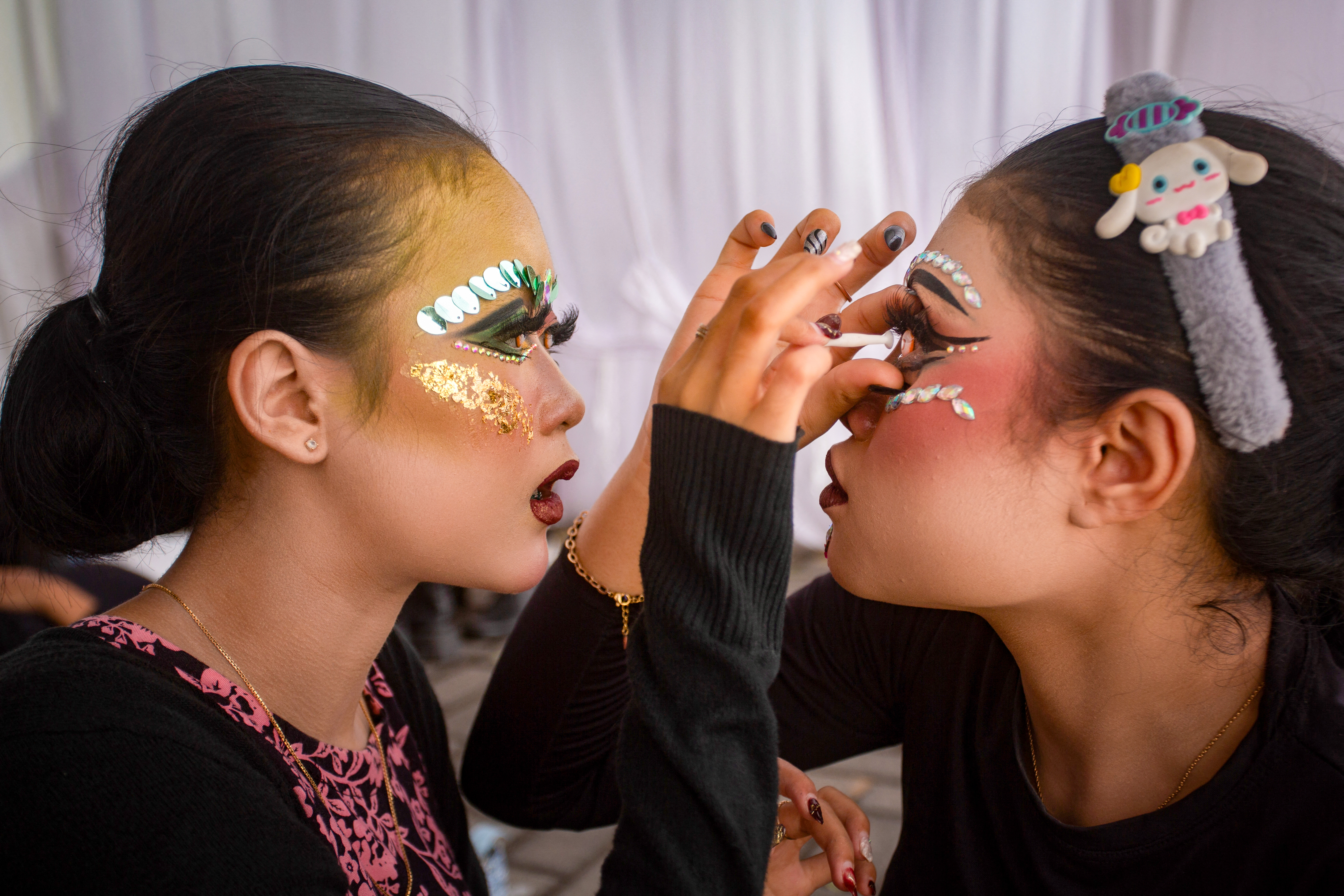
Creativity can be expressed through makeup as well, and that is just another method of free therapy. Source: AFP
No limit to creativity
Being creative is more than just doing arts and crafts or having the ability to create something new and original.
It could be learning a new language, gardening, venturing out for a road trip, or signing up for a yoga class. It could even be reading a new book, enjoying a movie, or putting together a new outfit for school or work. You could try sand painting, start your own aquarium, learn how to use a lightsaber, or teach yourself how to make stop-motion animation.
It’s definitely not doomscrolling on social media, unless you’re crafting up a creative comeback or doing a deep dive into a topic of your choice.
Regardless of your choice, you’re trying something new and different, and your creative juices will start flowing.
All this results in better coordination, communicating effectively, critical thinking, and more.
These creative avenues also pave the way for building community and finding solace in like-minded people. For example, by attending a baking class – you’re bound to make friends and find new people to talk to about similar interests. This leads to friendship, a support system, and a sense of belonging – all of which result in a boost in happiness.
After all, friendship is a form of free therapy; but that also doesn’t mean you should treat your friends like therapists.
Even if we aren’t born artists or innovators – or think we aren’t – we all have the energy, intelligence, and discipline to build on our ability to express ourselves and be creative. Some even turn it into their bread and butter.
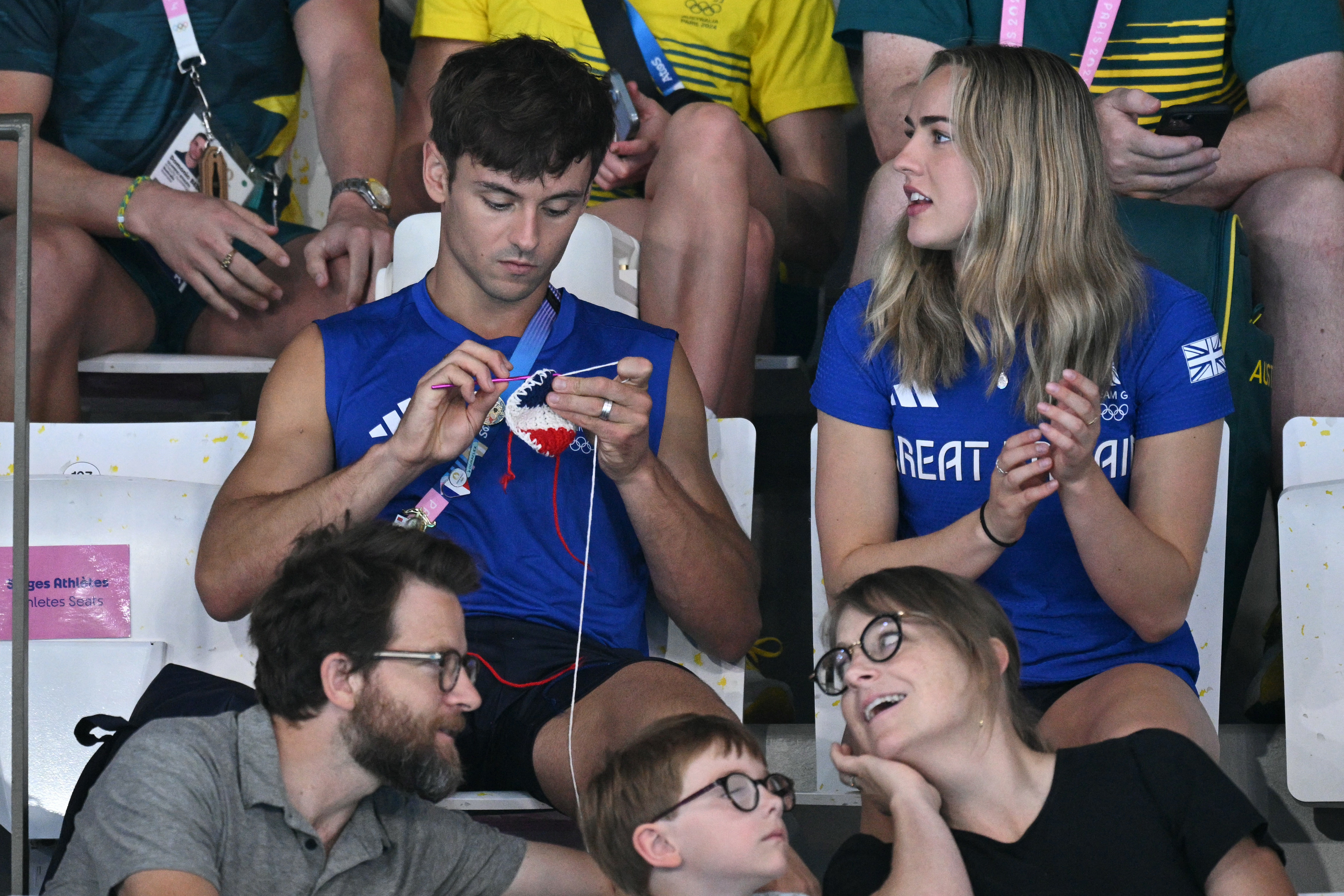
Even professional athletes need a way to ease their minds. Source: AFP
Here are some avenues that people around the world have used as a form of free therapy:
Drawing
Stephen Wiltshire, a British architectural artist and autistic savant, is known for his ability to draw a landscape from memory after seeing it just once. His most famous piece thus far is the 5.5 metre memory drawing of New York City which was completed following a 20-minute helicopter ride over the city.
Writing
Virginia Woolf, one of the most important modernist 20th-century authors, found writing to be her escape from her bouts of mood swings that were a result of her bipolar disorder.
“The only way I keep afloat,” observed Woolf, “is by working.…Directly I stop working I feel that I am sinking down, down. And as usual, I feel that if I sink further I shall reach the truth.”
Dancing
“After we terrorize ourselves with self-doubt, our only relief is to get moving again,” writes American dancer and choreographer Twyla Tharp in her book, “Keep It Moving: Lessons for the Rest of Your Life”
In the book, the two-time Emmy Award winner and a Tony Award winner shares insights on how movement and dance have helped her cope with the rollercoaster that is life, and how dance has been a means for her to maintain mental and emotional health well into her later years.
Knitting, or sewing or crocheting
Team Great Britain Olympian diver Tom Daley, who caught attention at the Tokyo Olympics where Daley was first spotted knitting, explained that “[Knitting] just turned into my mindfulness, my meditation, my calm and my way to escape the stresses of everyday life and, in particular, going to an Olympics.”
Baking, or cooking
“When I started to bake it was a distraction… and I fell into it without realising that I enjoyed it or was good at it,” said Nadiya Hussain, champion of series six of “The Great British Bake Off,” in a BBC interview.
“It’s been the ‘thing’ ever since to help me [when I’m sad or anxious], especially in the last five years. Baking’s always been about therapy… It’s never really been about the cake.”
But it doesn’t matter what you do, how you choose to do it, or how good you are at it. As long as you feel happy doing it, then you’re doing it right, just like the people we listed above.
Admittedly, creativity is not a cure-all for your problems
While creative pursuits can potentially enhance one’s well-being and happiness, many people may consider the creative realm a hellhole for tortured souls.
Perhaps that was a bit dramatic. But it remains a fact that many well-known creatives have suffered from mental disorders and substance abuse for a good part of their lives. Some even ended up dead.
Think of Vincent Van Gogh, who suffered from severe depression and was confined to an asylum before the years leading up to his suicide.
There was Kurt Cobain of Nirvana, who dedicated his life to his artistic endeavours while struggling with addiction, illness and depression.
The late Robin Williams, beloved by many for his comedy persona, had to rely on drugs and alcohol early in his career, and suffered from depression until the day he passed.
Even the most creative souls among us have suffered from their own dark days. They are not immune to their demons – sometimes, indeed no matter how hard we try, we fail to get up.
That’s when we need help. And coming to that realisation will already be the first step to getting help.
If you’re in school, reach out to your school’s counsellor; if you’re at work, your manager should do the trick — unless they’re the ones causing you problems, then go up a level to ask for help. Otherwise, have a good support system of friends or family, or you can always seek help online from registered organisations.
Whatever it is, you’re not alone.









